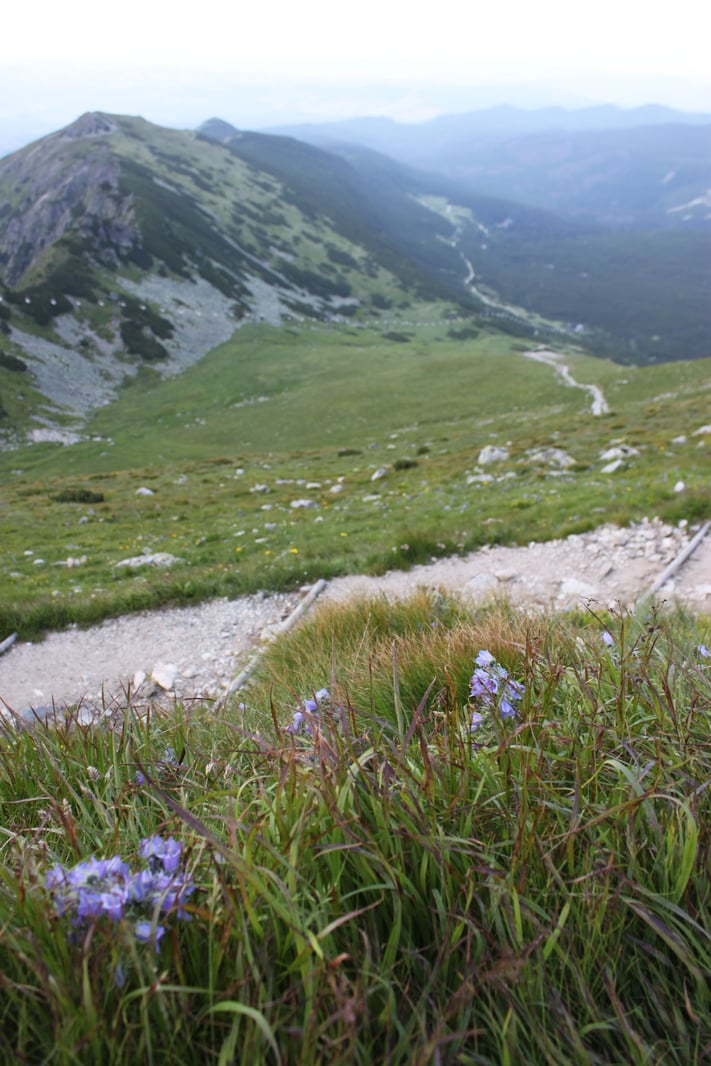I. Two Readings
One week I found myself indulging in two very different readings. The USPS left at my doorstep Rick Darke’s The American Woodland Garden (a gift from my mother-in-law). The same week, in my email inbox, I discovered a short reading by Robert Herbert titled “The Sublime Landscapes of Western Massachusetts” (sent to me by a friend and fellow outdoor enthusiast). Both readings, from different perspectives, reflected on humans' spiritual connection with the natural world.
Herbert retold the story of geologist and theologian Edward Hitchcock (1793-1864), a man with an inquisitive mind who spent his prized time in the great outdoors of the Connecticut River Valley studying plants and rocks. His meticulous and revelatory geological maps, native plant catalogs (paired with graceful and detailed drawings completed by his wife, Orra White), and texts greatly influenced the sciences. Both his sermons (!) and scientific writings demonstrate that Hitchcock was inspired by dramatic, sublime natural landscapes. Herbert writes about Hitchcock’s romantic naturalism (“the search for explanation and inspiration in nature” (2)). During Hitchcock’s lifetime, both scientists and artists turned to “natural forms as vehicles for inquiry and imaginative expression” (2). Plants, rocks, and natural processes became a means for discussion of existence. Evolutionism and creationism collided, battled, and emerged after obliterating the other or, occasionally, hand-in-hand.
Although this discussion is undoubtedly religiously and politically charged, I attempted to view it as an exploration of that feeling one has when stepping into lush woodland, reaching the crest of a mountain ridge, and noticing the first bud pop when snow still blankets the ground. These moments, at least on my end, derive from the split-second reminder that we, as people, are part of something bigger (“nature”). This connectedness is rooted in science and spirit; it is a “means of understanding oneself” (12).
I detected a similar theme embedded in Rick Darke’s poetic photo journalism of landscapes in the North American deciduous forest. He writes that a designed landscape that is inspired by the architecture of the forest is more satisfying to people. It is also more “sympathetic” to ecological processes that maintain a landscape’s health. I would add that naturalized landscapes are more satisfying because they are sympathetic to ecological processes. They place our interests and desires in line with those of the plants and animals that have co-evolved in the landscape for centuries (and co-evolved with us, for that matter). Combining this thought with romantic naturalism (the concept of nature as a means of inspiration and explanation), I better understand those feelings of content, revelation, and curiosity that I experience when wandering through woodlands, dunes, and mountainsides.
II. A poem referenced by Herbert, written by Emily Dickinson:
757
The Mountains—grow unnoticed—
Their Purple figures rise
Without attempt—Exhaustion—
Assistance—or Applause—
In Their Eternal Faces
The Sun—with just delight
Looks long—and last—and golden—
For fellowship—at night—
III. Vertigo
In this photograph I took a few years ago, you can see that Mt. Kasprowy has no fences along its ridgeline, allowing visitors to wander at their own risk and experience the sublime at over 6,500 feet. Part of the Tatra Mountain Range, Mt. Kasprowy straddles Poland and Slovakia. Few perennials and grasses thrive in this alpine environment; they are simultaneously delicate and hardy.


